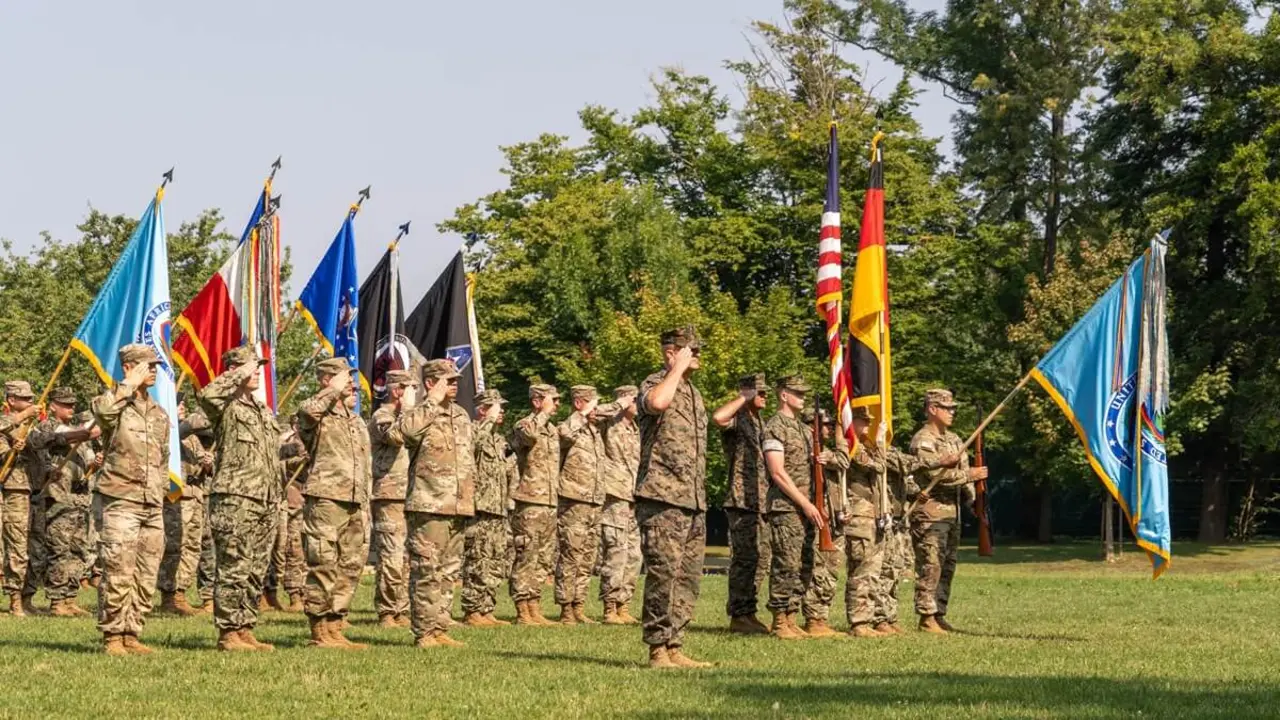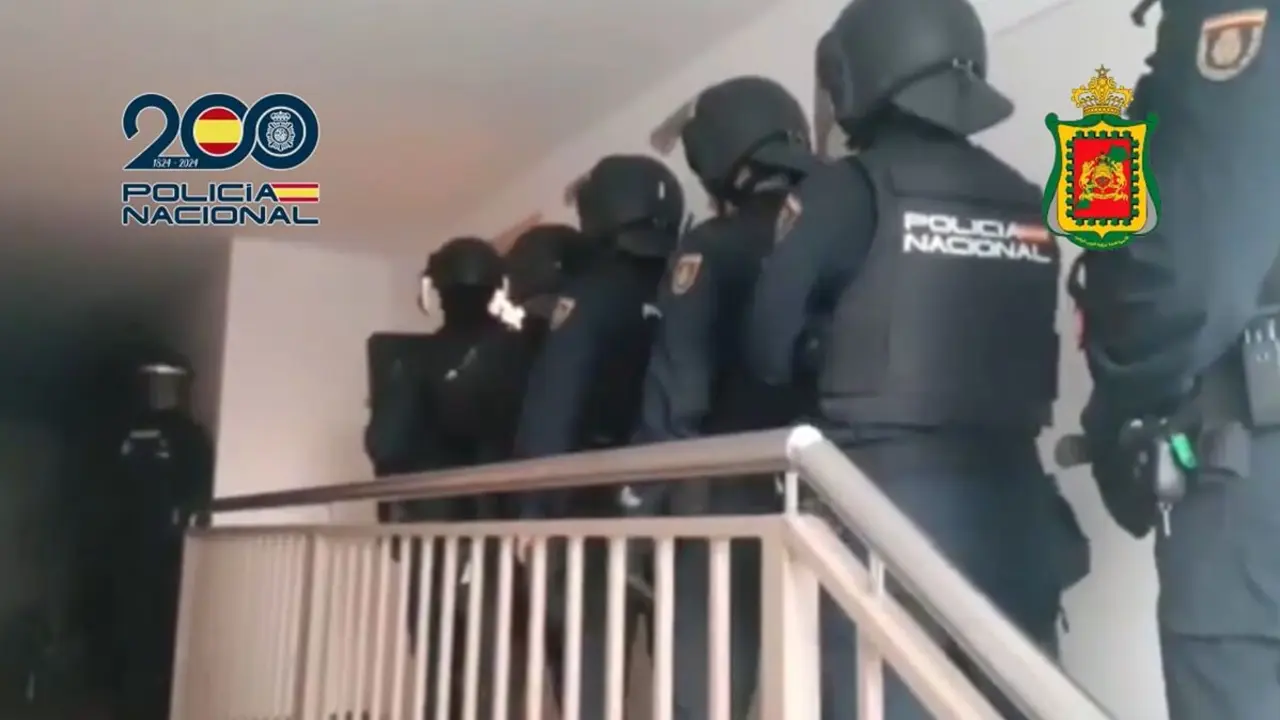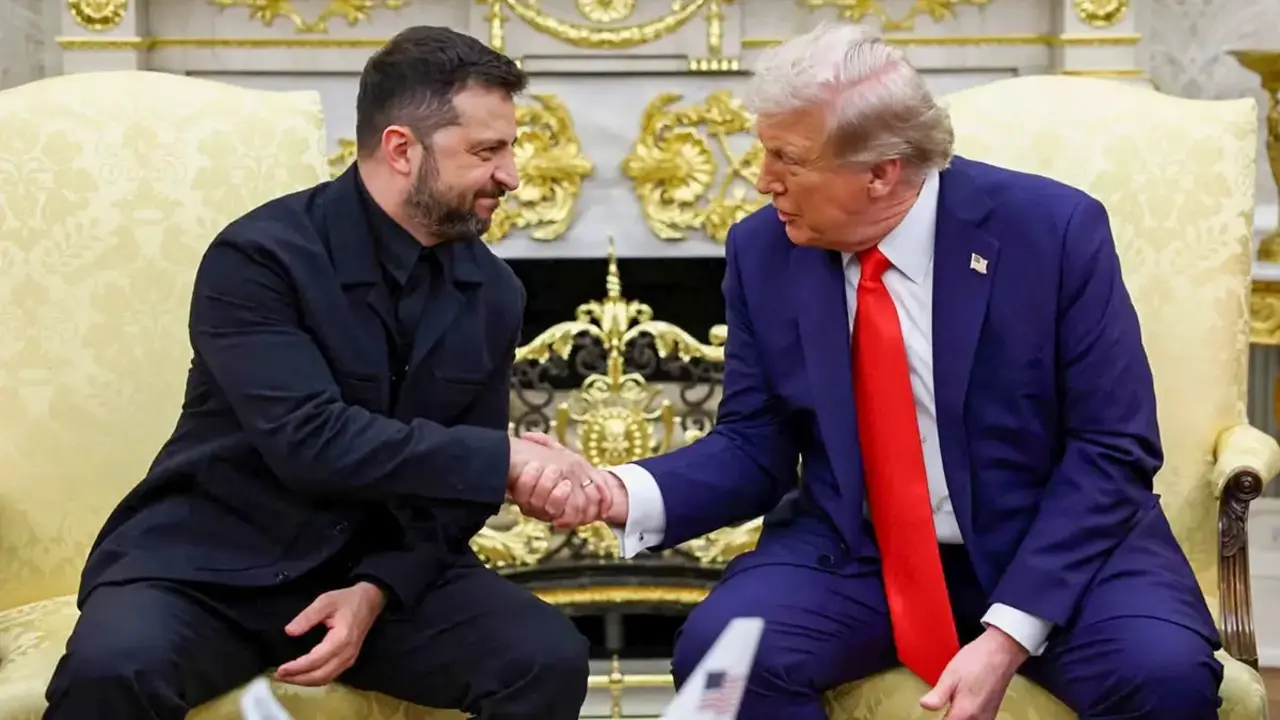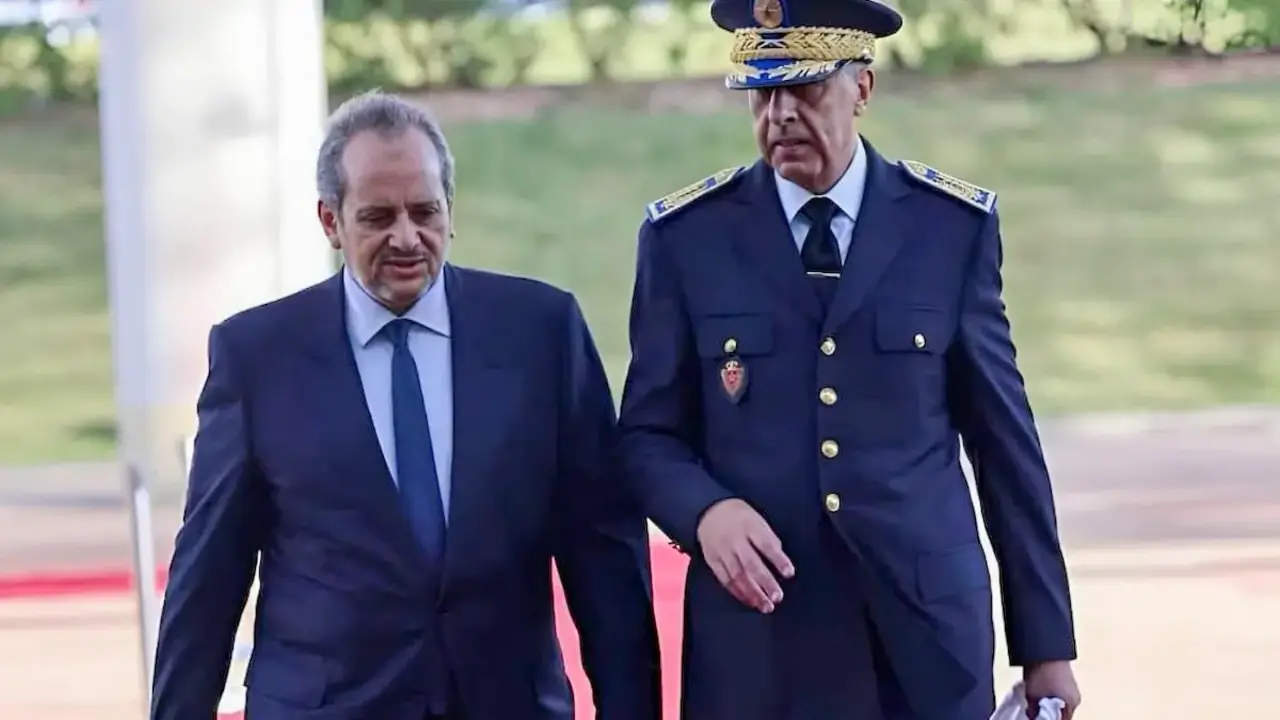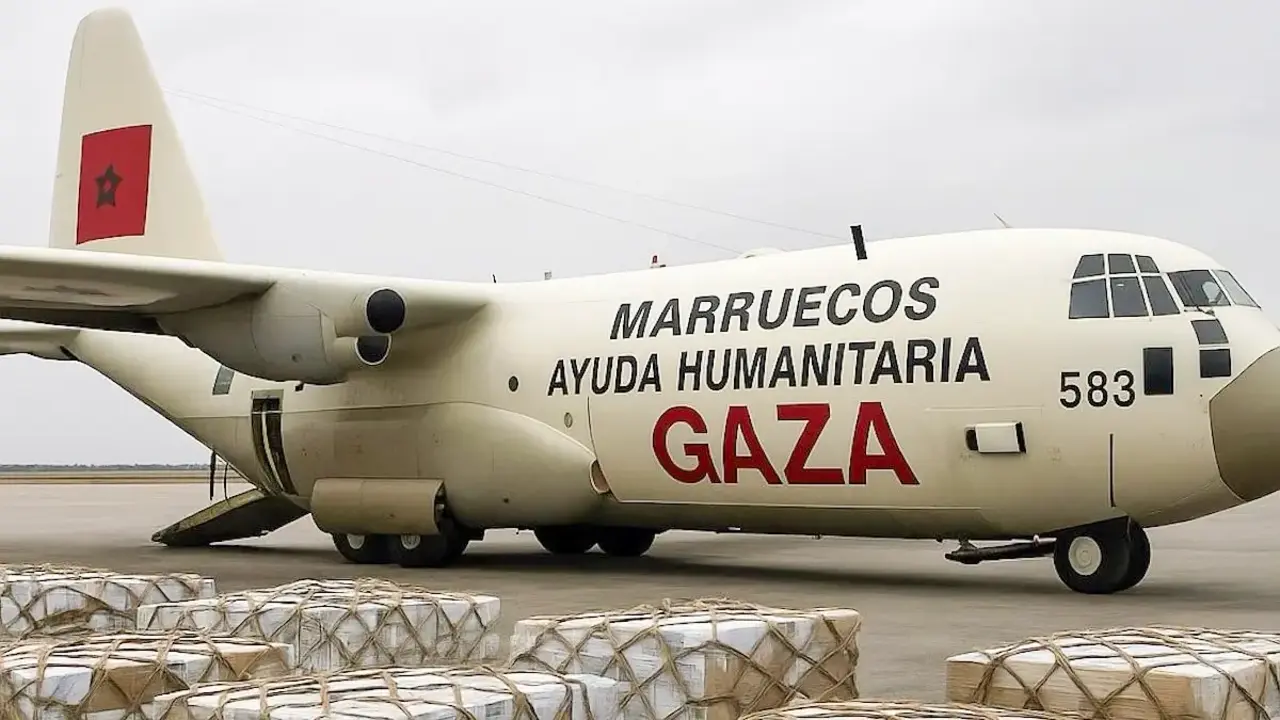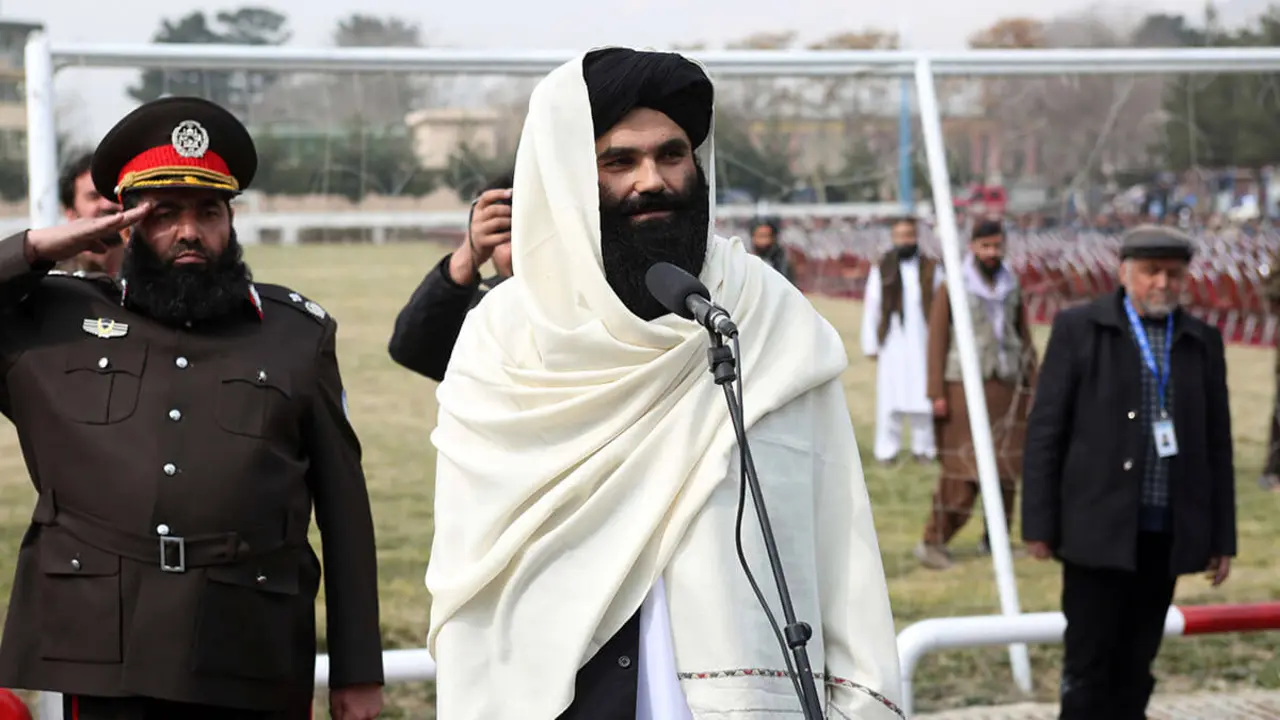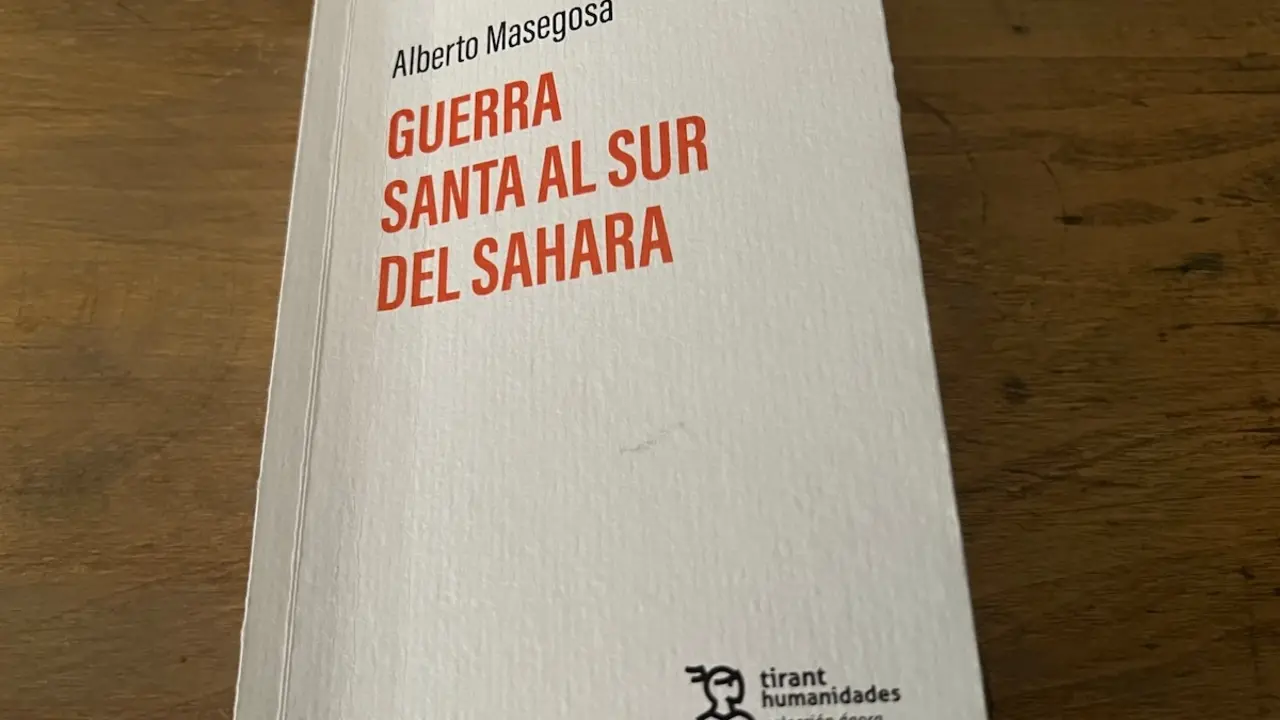The United States means an opportunity for Ukraine
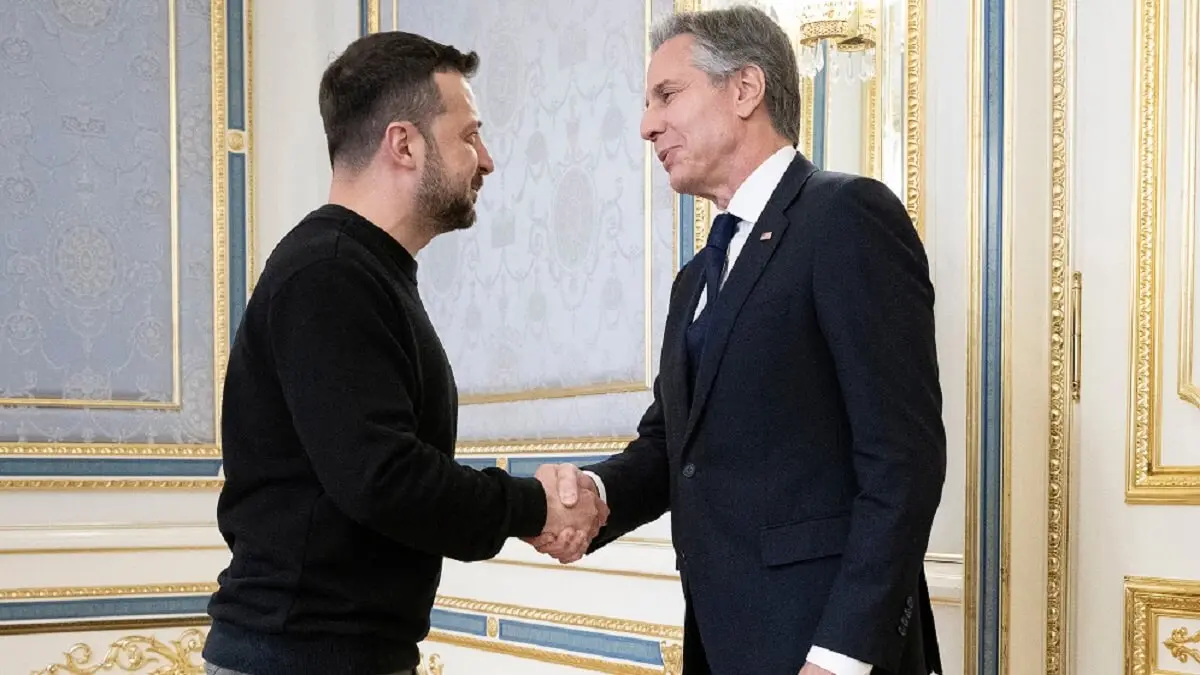
María Senovilla, analyst and journalist for Atalayar and other media, and Lucas Martín, international analyst and writer of books such as ‘Global Vision’ and ‘Global Terror’, explained in the microphones of Onda Madrid's ‘De cara al mundo’ the situation in Ukraine following the West's approval for the use of weapons in Russian territory. During the talk show, both experts went into detail on how the different nations are supporting Ukraine and how the country is being left behind wherever the Russian army advances.
The United States and other countries are already authorising Ukraine to use their weapons on Russian territory, mainly with the aim of stopping the invasion or trying to defend itself from the offensive in Kharkov, but there is special interest in highlighting France's option because it goes further, even sending troops.
Emmanuel Macron has already announced that he is going to send military instructors to Ukrainian soil who will be in the training centres where new recruits are trained and where recruits who have already received basic training specialise. It's even more remarkable than Joe Biden's announcement because when you see your neighbour's beard peeling, you should soak your own.
And this announcement by Macron to send personnel, to send military personnel, even if they are instructors, to Ukrainian soil could open the way for other European countries to also send their soldiers to Ukrainian soil, something that was completely ruled out when that large-scale Russian invasion began in 2022, but this war is taking turns, it is at a turning point where that door could be opened.
For those who don't know, Spain is one of the countries that contributes the least economic resources to NATO. We are second or third from the bottom in terms of financial contributions to sustain the Atlantic Alliance. And yet we have a very good reputation, we are among the best-positioned armies in terms of training tasks in international missions.
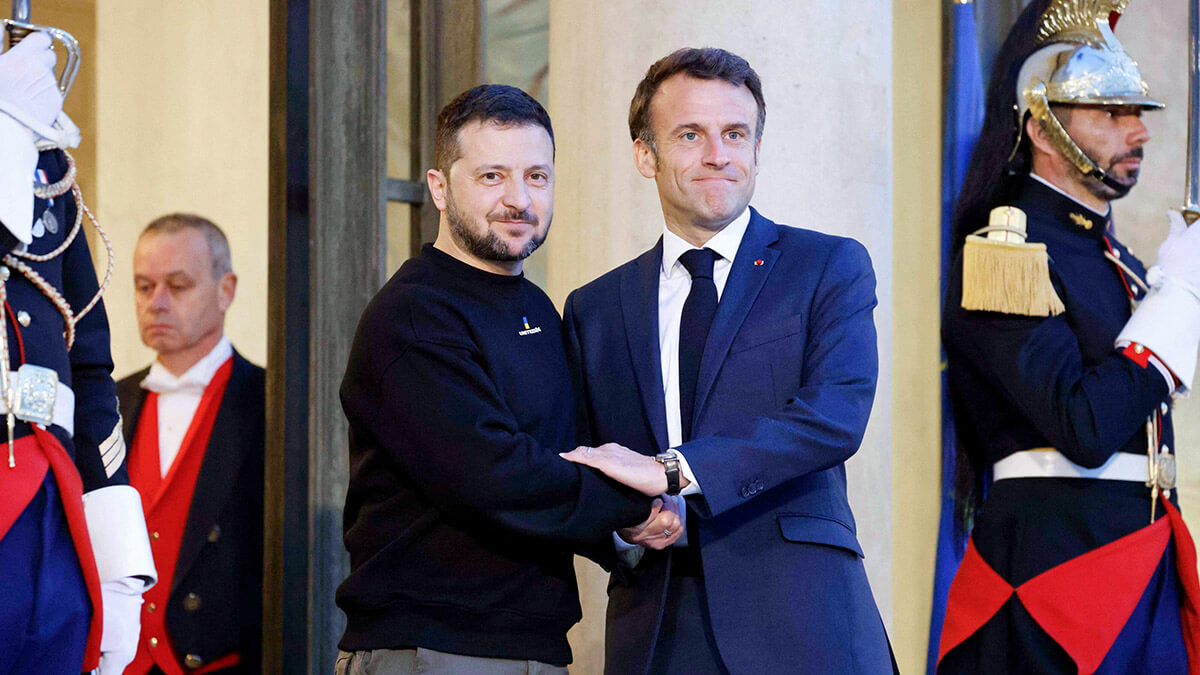
The Spanish army has a commendable reputation, apart from carrying out these training tasks very well in countries, whether in Afghanistan or especially in Africa, for not having received complaints at the international level for having done things badly or behaved badly on foreign soil. So if more NATO countries begin to take this step, begin to send troops or military instructors to Ukrainian soil, it is likely that Spain will be one of those who contribute, because it is one of our specialities within the Atlantic Alliance for international peacekeeping or peace stabilisation missions.
This could be even more decisive for us, for Europe, for Spain, specifically than Biden's announcement, because we may be talking about the fact that in the coming months or next year a contingent of Spanish military instructors could travel to Ukrainian soil to help those recruits there who, with the new mobilisation law, who are not particularly motivated, are going to need that extra support to acquire the qualities, the capabilities, so that on the combat front they have options and possibilities of survival. It should be noted that this dispatch of military instructors does not stop the other part, which more countries are involved in, that of training Ukrainian military personnel on European soil. Spain is one of those countries.
And it is an instruction that does not remain on paper, because I am meeting more and more Ukrainian soldiers who tell me: ‘Hey, I have been receiving training in Spain’; in places like León, Segovia, or Toledo, where they have received this training, in some cases basic, in others specialised by area. In addition to Spain, there are several European Union countries that are training thousands of Ukrainian soldiers who will then go to the trenches and share their knowledge with their colleagues who have not travelled to European soil. And this is something that is making a difference and that is significantly increasing the chances of these soldiers then surviving on that Ukrainian front line which, frankly, is getting more complicated every day.
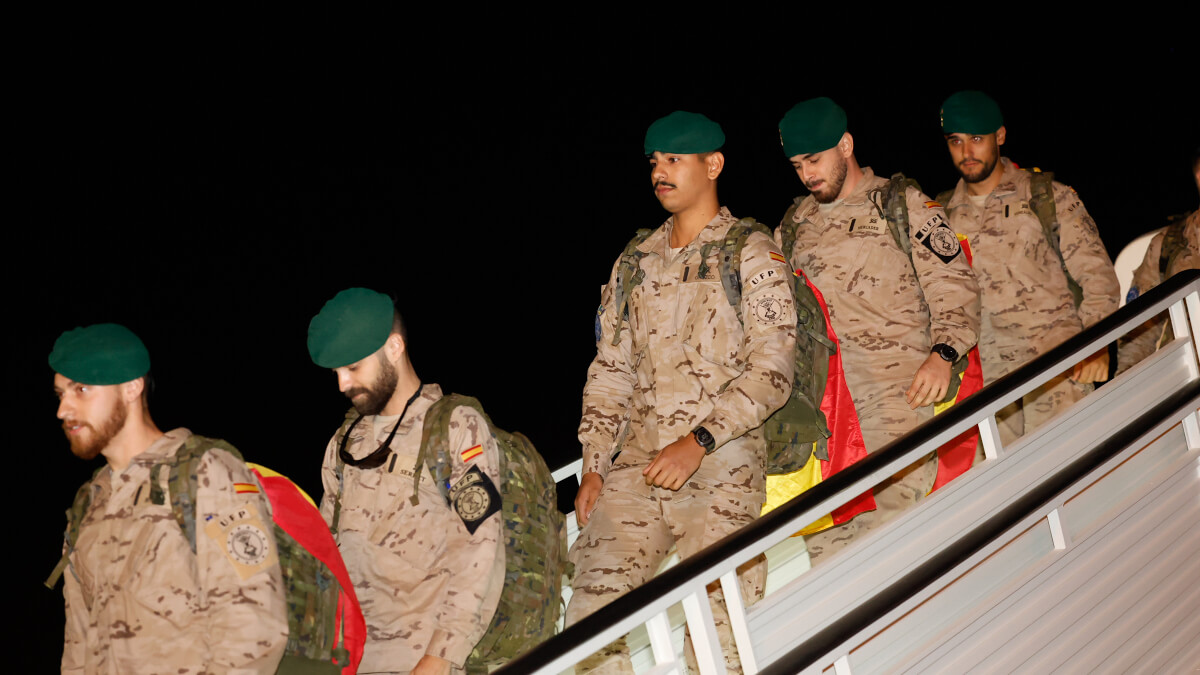
The better the training, the better the chances of being able to stay alive? Undoubtedly, over the years, and I have been able to verify this on the ground in several missions, the work of the Spanish troops, of the Spanish Armed Forces in different international missions, has been impeccable and recognised, recognised both by the United Nations and by the United States, the United Kingdom, the main countries of the Alliance. But the West seems to be waking up to the real threat posed by the Russian invasion. Are we waking up in time, Maria?
We woke up late, but steps like the one President Biden has taken, to allow the use of US weaponry to be used against Russian territory, is a big step and is another turning point.
We are at a turning point for many reasons in this war in Ukraine. If last year, throughout 2023, we spoke of a stagnant conflict, of a conflict that was becoming chronic, 2024 has been a real roller coaster because of all the steps, because of the escalation that Russia is undertaking on many different fronts. The use of US weapons, which was one of those red lines that Zelensky insisted on: I send you weapons, but you cannot attack Russian soil to avoid an escalation of violence that might lead to nuclear war.

What Biden has allowed, he has not given Zelensky a carte blanche, but he has allowed him to use these medium-range American weapons against the regions adjacent to Kharkov, which are Belgorod, Bryans and Krum, from which Russia is launching this tremendous offensive that began on 10 May and which has caused tens of thousands of civilians to flee their homes, they will not be able to return, by the way, because Russia is applying a scorched earth policy, that is, destroying everything with artillery before sending in its infantry to occupy the land, with the result that more than a hundred localities in the north-east of Kharkov are being completely devastated, reduced to ashes and rubble. The tens of thousands of Ukrainians who have had to flee, civilians who have had to flee their homes, will no longer be able to return, I insist, because there is nowhere to return to. And this is an area that, if in 2022 it was already occupied by Russia and then Ukraine managed to liberate it, and people were gradually returning to their homes, we are not going to see that image again.
It is an offensive that Russia started on 10 May. It actually began in October with Avdivka, but on 10 May it reached its peak in Kharkov against these towns in the north-east and also against the capital of Kharkov itself, the eponymous city of Kharkov. The only measure to counter this powerful offensive is the step taken by the United States to allow Ukraine to attack the bases from which the Russian force is re-invading this region and attacking this city, which is the second most important city in Ukraine. There are limitations, but it is already a step that other countries are expected to join in giving the green light, authorising the use of this medium- or long-range weaponry against Russian soil.

Lucas, what does it mean if the United States and other NATO countries authorise Ukraine to use its weapons against Russia?
It is obviously a step forward, but it is nuanced. What is really important here is the use of long-range weapons, such as Atakams missiles, Skal-BPG missiles, which they will ask to be used on Russian soil, with the aim above all of attacking the air bases from which the planes that Russia is using to bomb Ukraine are flying.
That is important. It is also assumed that this is a preliminary measure for when they arrive, that if it is known when the F-16s will arrive, these attacks will pave the way, because they will target the air defences and radars that allow the planes to penetrate until they reach their targets. So far, however, this has been reluctantly tested and the US has been very cautious about allowing it.
There is talk of the Kharkov area, nearby, and as long as it is against targets that pose a direct threat to Ukraine. The rules of engagement for the use of these weapons are being drafted, but there is a free bar.

I understand that it is a complicated step, but there is a red line, this is a qualitative escalation in the position of NATO countries, isn't it?
This is part of France's fight to take the initiative, to take the lead in all European initiatives, stepping on the toes, so to speak, of Germany, which is much more reluctant to get involved in the conflict, but sending instructors is a far cry from sending fighters.
However, one thing is clear, if you send trainers on the ground, you risk that those trainers, depending on any kind of attack, will be wounded or killed, right? Anyway, it's a national decision, it has nothing to do with NATO, it has nothing to do with any kind of organisation, we set what it does, and I understand that it has consequences. Just as the issue of allowing targets inside Russia to be attacked with Western weapons can have consequences, and you have to be consistent and know what you are risking, so France has to be consistent and know what it is risking. Then you can't shake your head if French people die in Libil or in any Ukrainian city, just as you can't shake your head if Russia takes any kind of action with targets in the countries where that element comes from.
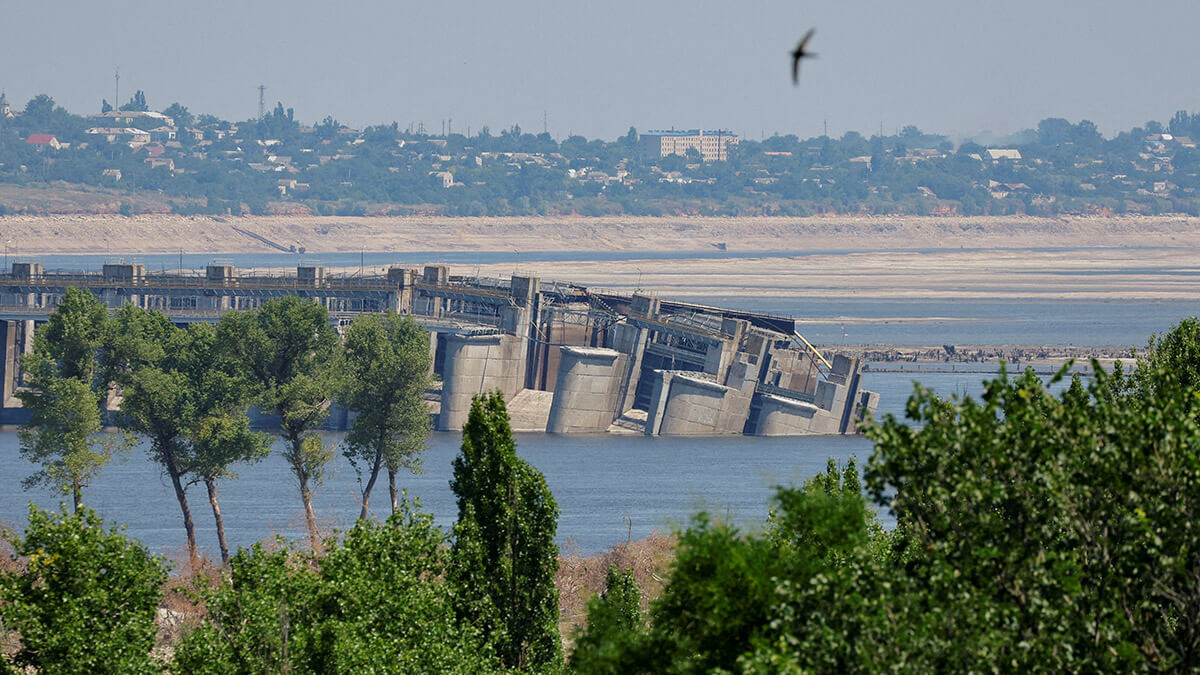
The situation is delicate, and in an interview with the Ukrainian energy minister, she acknowledged that the damage to the electricity infrastructure caused by the Russian bombardment was so severe that they don't think they will be able to repair it before the winter. This is a very complicated situation for the population for everyone, isn't it?
I interviewed the deputy energy minister, Zviltana Grinchuk, and she did indeed note the difference between the wave of attacks on critical infrastructure that took place in 2022, which were widespread attacks on the entire Ukrainian infrastructure, and they also hit those power plants and took out 50% of Ukrainian capacities, she told me that that was nothing compared to what happened between March and April of this year, when Russia, and with precise information on the Ukrainian energy infrastructure, set about destroying both production plants and energy distribution and transmission infrastructure, and what it has done is that cities such as Kharkov, for example - we are returning once again to Kharkov, which has become the epicentre and the great Russian target of the war in Ukraine - are unable to obtain energy from other provinces, which means that they are at high risk of de-energising.
The deputy minister told me that, in the winter, if this situation is not resolved, which is very difficult to resolve, Kharkov could face the cold months without electricity and without heating, which would make life impossible for tens of thousands of civilians there, and we would once again face a new exodus of displaced persons and refugees, probably to other European countries, of Ukrainian citizens, as happened during the first months of the war.
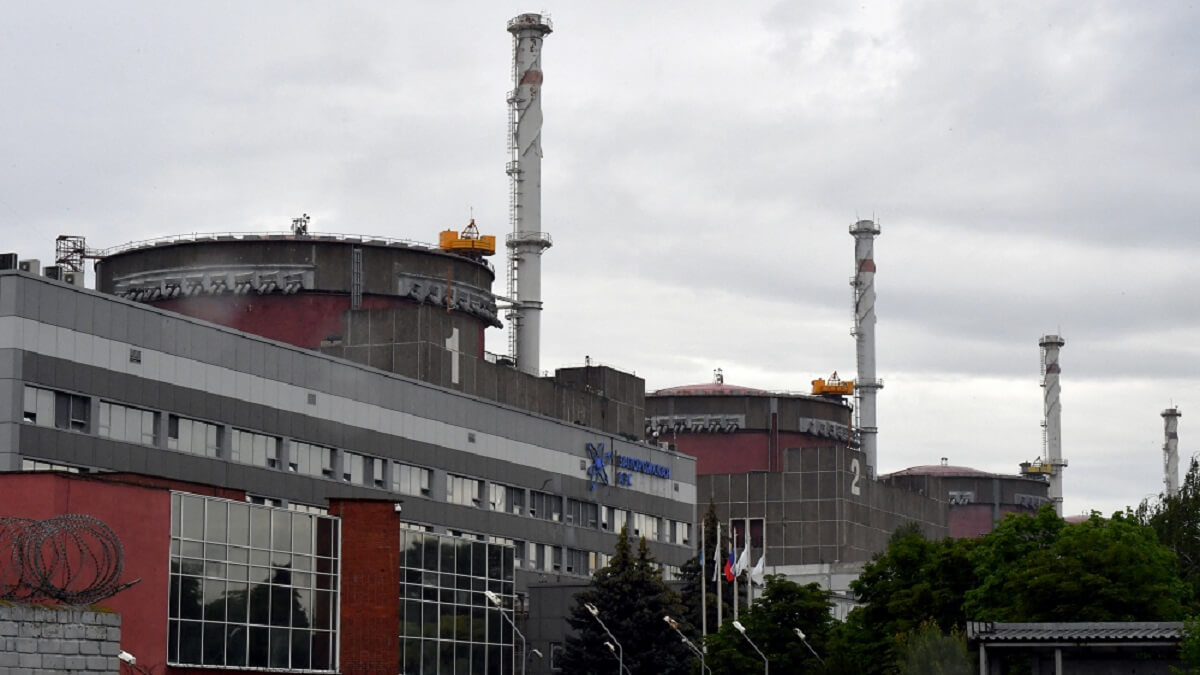
Lucas, is that a very important reason for Ukraine to keep asking for more aid?
Of course, of course. We have to bear in mind that Russia has taken Kharkov as a target, firstly, using its typical strategy of trying to break its enemy by breaking the civilian population, punishing the civilian population to break their fighting spirit, and, secondly, because it is the way it has of getting Ukraine to fix resources and troops in that area that it has to bring from the Donbass area, which is where Russia really intends or will try to carry out some kind of offensive.
This tactic has been going on since the war began, and the bombings and attacks on the energy infrastructure over the last year have been systematic, and there is a clear trend of preparing for what the coming winter will be like, ‘preparing’ for the Ukrainians. It is a well-thought-out and well-planned line of action, and a cruel one at that.
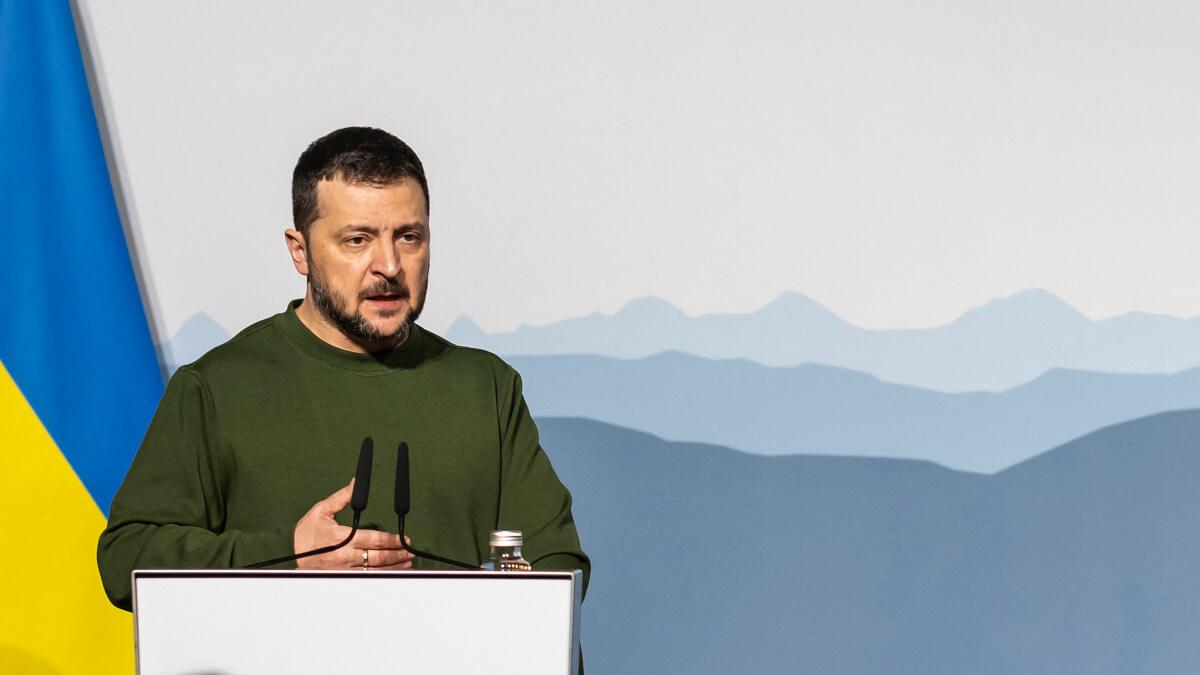
In Ukraine, what are the expectations, what are the objectives of this international summit in Switzerland, where the issue of peace negotiations, etc., should not take place in a different context?
The Ukrainians hope to gather more support, above all from European countries, which will also be involved at the international level in these negotiations, because what the Ukrainians keep telling you, both on the street and in government offices, as the deputy minister herself told me, is that they are clear that they will continue to have the enemy as a neighbour for the next few years, the next few decades, and that they cannot be trusted. They do not trust a negotiation with Russia in which they say: ‘OK, we'll sign peace under X conditions’, because they fear that in two, four or seven years' time there will be a repeat of a large-scale invasion, even more bloody than this one, with the experience already gathered over the years, which will crush the Ukrainian people.
The only way to achieve a lasting peace is if, after signing these agreements, Ukraine is admitted into the European Union or NATO, and has an umbrella of international protection against its neighbour, which will be its perpetual enemy for at least the next few decades.
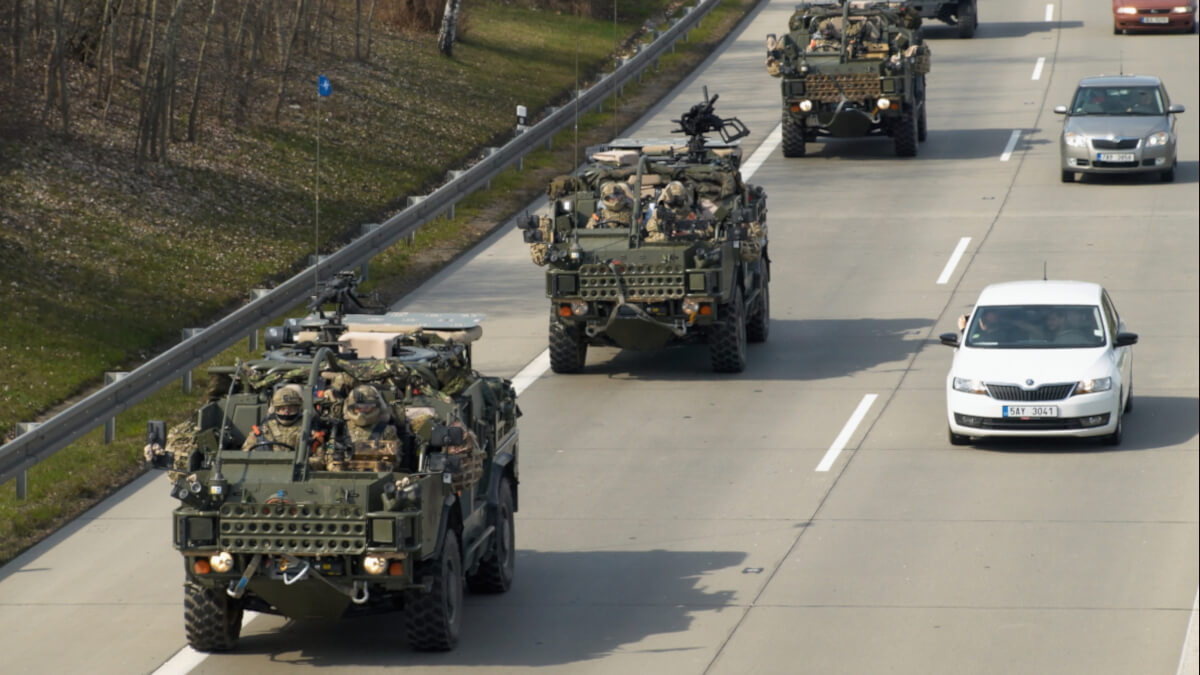
Lucas, to close the Ukraine issue, do you think that the doors of the European Union and NATO are being opened for Ukraine that are perhaps more complicated than what is being proposed?
Despite all the fine words and all the posturing, Ukraine is a long way from being part of the European Union or NATO. If we talk about NATO, for the simple fact that Ukraine is invaded and until it has internationally recognised and respected borders, it is not going to be part of NATO because it is not going to allow NATO to enter a country that is at war, that is obvious. And it's a similar situation with the European Union.
The situation is devilish for Ukraine because the victory of Ukraine, in the sense of pushing Russia out of the borders, at least to the borders of the year 21, is only possible today if other countries' forces are involved on the ground. By deep strikes, bombing and destroying targets inside Russia, Russia is weakened, contained, but not driven out. And Ukraine has a very serious problem in this regard, because there is no country that is willing to involve its forces in this war.
So the situation is devilish. This week there have been two attacks that have gone unnoticed or have not been very well publicised by Ukraine, very deep inside Russia, against radars of the Russian anti-missile early warning system. Be careful with this, because this is a delicate issue, because this system that Russia has, in theory, to defend itself against a possible nuclear missile attack by other powers. So attacking this infrastructure could perhaps be interpreted by Russia as raising the tension a notch.



